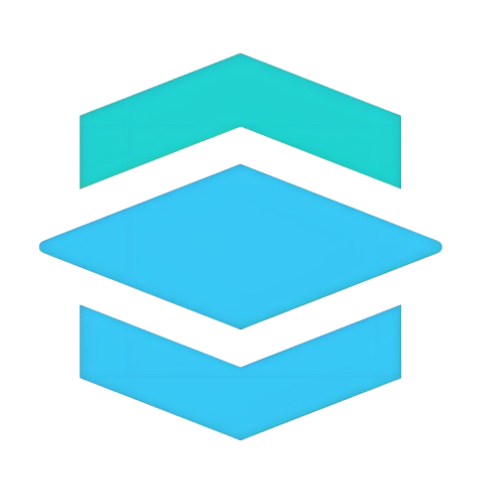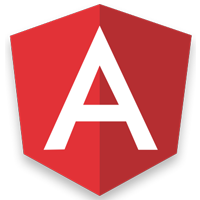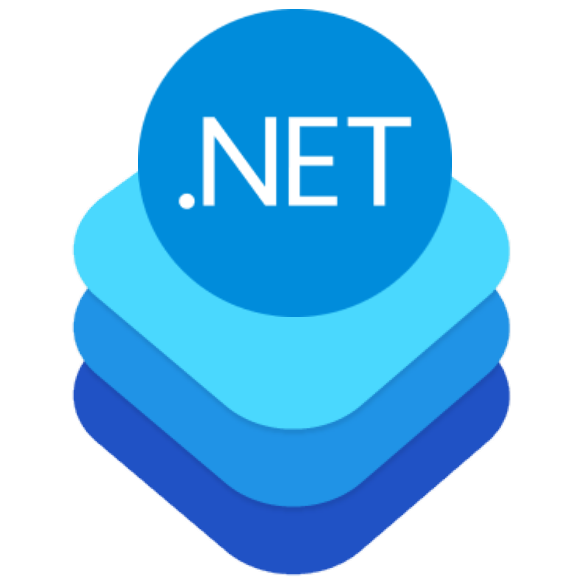26
NovAngular 17 Tutorial: What's new in Angular 17
Angular 17, released in November 2023, is the latest version of Google’s front-end JavaScript framework, offering improved performance, a new control flow syntax, faster builds with Vite, and an overall enhanced developer experience. If you’re a front-end developer or planning to build scalable single-page applications (SPAs), Angular 17 offers plenty of exciting features to explore.
In this article of Angular tutorial, you'll discover what Angular 17 is, how to install it, what’s new in this version, key features, and why upgrading to Angular 17 is worth considering. Let’s dive into each of these topics one by one.
Read More: What is Angular?
What is Angular 17
Angular 17 is more than simply a collection of new features; it represents a full redesign of the Angular framework. It promises an enhanced developer experience, enhanced performance, and a new look. Highlights include signals, a new syntax for control flow and lazy loading, standalone components, and an ESBuild-powered CLI.
Read More - Advanced Angular Interview Questions and Answers
How to Install Angular 17?
Check for Node.js and npm
- Make sure you have installed npm (version 5.6 or later) and Node.js (version 14 or later).
- To verify, use npm -v and node -v in your terminal.
- If not, go to https://nodejs.org/ to download and install Node.js.
Install Angular CLI globally
- Open your terminal and run: npm install -g @angular/cli@17
Why Upgrade to Angular 17?
- Better Developer Experience: Thanks to Vite, SSR improvements, and new syntax.
- Modern Syntax: Declarative control flow aligns Angular with modern web standards.
- Improved Performance: Apps built with Angular 17 are faster and lighter.
- Future-Proofing: Angular is actively evolving — staying updated ensures long-term maintainability.
What’s New in Angular 17: Features and Updates

1. New Syntax for Control Flow in Templates
- To utilize the declarative control flow syntax, import @angular/core.
- Instead of using NgIf, NgFor, and NgSwitch, use @if, @else, and if.
- Use @ directives in angular to conditionally wrap content and pass expressions for evaluation.
- Using <div @if="isLoggedIn">...</div> as an example
- Use the @else and @else if directives to create intricate reasoning.
- Conditional logic is easier to construct and maintain with the new syntax, which is also more expressive and accessible.
- Use @ to enclose any HTML content, including components, directives, and templates.
- Use @ to control an element's visibility; for example, use @if to hide a button.
- Construct nested conditional statements using @, such as verifying the role and login of the user.
2. Automatic Migration to Build-in Control Flow
- The @angular/core package has a schematic that you can use to automatically convert your code to the new control flow syntax: ng g @angular/core:control-flow
3. Build Performance with ESBuild
- Angular CLI now challenges Webpack's hegemony by bundling quicker via ESBuild.
- New Angular 17 projects are created using ESBuild by default.
- Simply add -esbuild to commands to convert current projects to ESBuild.
- With ESBuild, ng serves and ng build function as usual, but much more quickly.
- Vite dev server is used to build npm packages only when necessary, for maximum performance.
- The CLI team made additional speed improvements.
- An installation manual for Windows systems' Angular CLI is accessible.
- The Angular 17 CLI includes the Stable Application Builder.
4. Enhanced Support for Server Side Rendering (SSR)
- Easily enable SSR by adding @angular/ssr later or by using the --ssr switch during ng new.
- Browser bundles for development and server-side rendering are handled by ng serve.
- Bundles are created for a Node.js server and both environments using ng build --ssr.
- Use ng build --prerender to render individual routes without the need for a Node.js server.
- The @angular/ssr package, for SSR capabilities, is provided by the Angular team.
- Improved SSR setting and setup thanks to new schematics.
- SSR provides enhanced user experience, performance, and SEO.
- Take into account SSR for apps that depend heavily on content or SEO.
5. Deferred Loading
- A new template syntax for the conditional loading of elements and angular components is called Defer.
- Exceeds traditional lazy loading by allowing loading contingent on conditions or user inputs.
- Loading components only when necessary cuts down on initial load times and conserves resources.
- Needs deferring independent dependencies.
- Integrates spinners or placeholders during loading with loading blocks.
- Compatible with viewport events, timers, hovers, clicks, and custom circumstances as triggers.
- Can be used to preload components in the background for quicker loading in conjunction with prefetching.
- Perfect for big components loaded after certain interactions or below the fold.
Other Features of Angular 17
| Feature | Description |
| Unique Element Bindings & Providers | Expanded support for fine-grained control of components and dependency injection. |
| Improved i18n & a11y | Better internationalization and accessibility support. |
| View Transitions API | Now supported with Angular Router for smooth route transitions. |
| Lazy-loaded Animations | Animations can now load on demand, improving performance. |
| Functional Interceptors | ng g interceptor now generates functional interceptors. |
| Template Diagnostics for Signals | Warnings if signals are used incorrectly in templates (e.g., missing ()). |
| Fine-Grained Dirty Checking | Only directly impacted components are marked dirty when signals change. |
| Standalone Components/Directives/Pipes | CLI now generates standalone entities; ng new uses standalone by default. |
Read More:
- Angular Roadmap to Become an Angular Developer
- Angular Developer Skills
- Angular Developer Salary In India
Conclusion
Angular 17 represents an exciting step forward for Angular developers. With faster builds, modernized syntax, better SSR, and standalone component improvements, Angular 17 makes developing large-scale, high-performance web applications easier than ever.
If you’re looking to master Angular 17 and stay ahead in your career, consider enrolling in ScholarHat Angular Certification Courses and Training Programs. These courses cover everything from core concepts to advanced techniques, helping you build real-world projects and prepare for industry-recognized certifications.
FAQs
Take our Angular skill challenge to evaluate yourself!

In less than 5 minutes, with our skill challenge, you can identify your knowledge gaps and strengths in a given skill.










